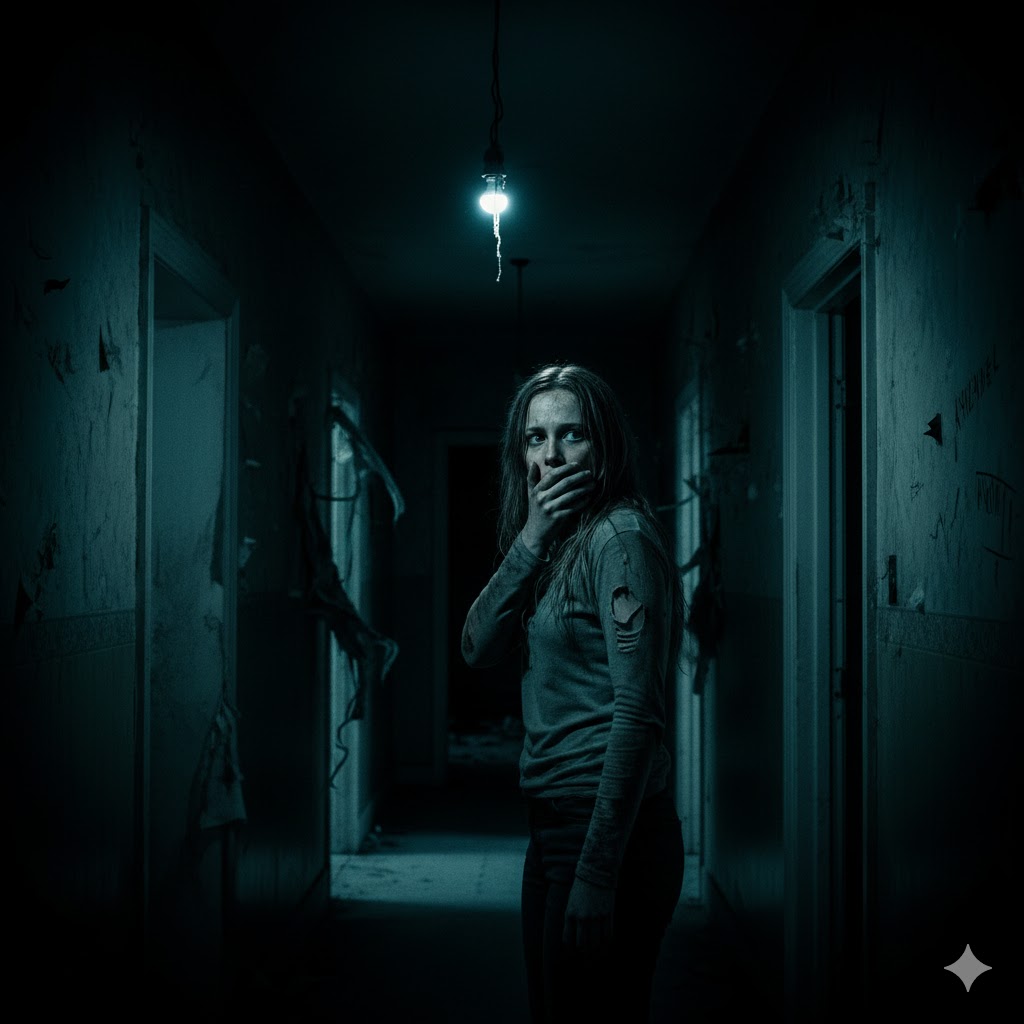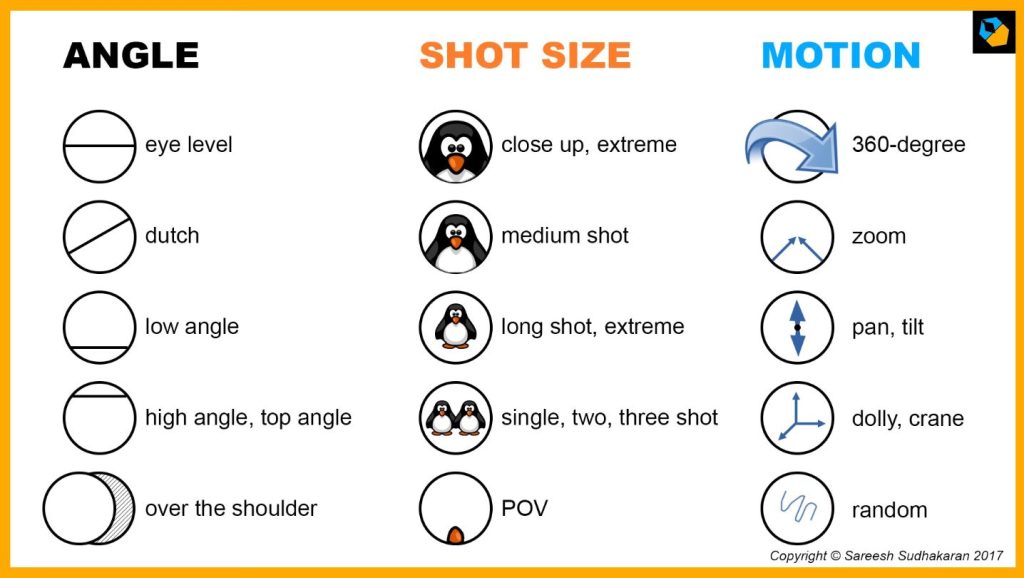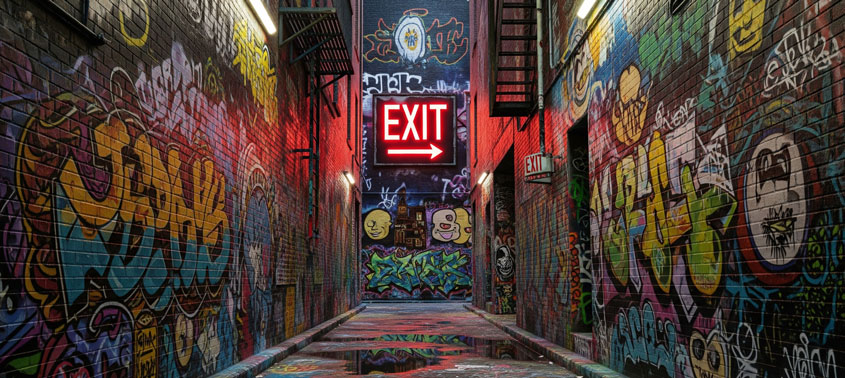Class Hours: 10:05 – 2:40
Mr. Bohmann | wbohmann@ewsd.org
10:05 Today’s Notes & Attendance
- CCV Class Friday tomorrow
Keep in Mind….
- End of Quarter is tomorrow! – October 31st
- Let’s Look at the Star Wars Fan Film Rubric
10:05 Morning Lesson – Color Grading in Adobe Premiere

Do you know the difference between Color Correction and Color Grading?
This morning we’ll work in the Color workspace in Premiere, perform some basic Color Correction (fixing white balance, Exposure Contrast) and then apply Color Grading (creating Style) to establish a mood.
We’ll also learn how to save our own Creative presets for easy editing of other clips.
We’ll do this with adjustment layers.
Some Terms….
- White Balance (Temp/Tint): Correcting color casts to make white look truly white.
- Exposure: The overall brightness of the image.
- Contrast: The difference between the light (highlights) and dark (shadows) areas.
- Hue: The fundamental color itself, often represented on a color wheel
- Saturation: The intensity or purity of colors.
- Brightness: How light or dark the color appears – also referred to as Luminance controls how much black or white is mixed with the color
WorkFlow:
- Set up Adjustment Layer for non-destructive editing of your clip
- Start with Basic Correction (Fixing your Image) – white balance, contrast and exposure
- Apply some creative grading making your own adjustments or using preset looks
Horror Color Grade: Despair & Dread
Key Characteristics of a Horror Grade:
- Desaturated Colors: Often muted, dull, or almost black and white to strip away warmth and life.
- Crushed Blacks: Shadows are very dark, losing detail, creating a sense of hidden threats and gloom.
- Cool Tones: Blues, cyans, and greens are dominant, evoking coldness, sickness, and unease.
- Lack of Warmth: Reds and oranges are usually subdued or completely removed, denying comfort.
- High Contrast (sometimes): Sharp differences between light and dark can create stark, unsettling visuals.
- Vignettes: Darkening the edges of the frame to draw attention to the center and create claustrophobia.

Basic Correction (Desaturation & Underexposure)
- Exposure: Slightly decrease the Exposure (-0.5 to -1.5 usually) to make the scene darker overall. Horror thrives in gloom.
- Contrast: Increase Contrast (+20 to +40) to make the blacks deeper and the highlights more stark.
- Highlights: Slightly decrease Highlights (-10 to -20) to prevent any parts from being too bright and cheerful.
- Shadows: Significantly decrease Shadows (-30 to -60) and Blacks (-30 to -70) to “crush the blacks.” This means losing detail in the darkest areas, which hides threats and creates dread.
- Saturation: Drastically reduce Saturation (-40 to -70). This strips away vibrancy and life, leaving a drab, sickly feel.
Creative (Color Cast & Faded Film)
- Look: Browse through the built-in “Looks” for anything that leans towards cool or desaturated. “SL-Hazy” or “SL-Bleached” can be good starting points, then adjust the intensity.
- Faded Film: Increase Faded Film (30-60). This washes out the image slightly, giving it a dreamlike or decaying quality.
- Sharpening: A slight increase in Sharpen (10-20) can sometimes make edges feel harsher, adding to the unease.
Color Wheels & Match (Adding the Chill)
- Shadows Color Wheel: Drag the wheel towards Blue or Cyan. This injects coldness and a sickly pallor into the darkest areas.
- Midtones Color Wheel: Drag slightly towards Blue or Cyan/Green to reinforce the cold, unnatural feel.
- Highlights Color Wheel: Consider dragging slightly away from warm tones, perhaps even a tiny bit towards blue, or leave it neutral to keep the cold feeling dominant. Avoid adding yellow/orange unless it’s for a very specific “eerie light” effect.
Vignette (Claustrophobia & Focus)
- Go to the Vignette tab.
- Amount: Significantly decrease the Amount (-50 to -80) to create a dark border around the frame.
- Midpoint: Adjust the Midpoint (usually lower, like 20-50) to control how far the vignette reaches into the center.
- Roundness: Adjust Roundness as desired (often slightly negative for a more rectangular dark edge).
- Feather: Increase Feather (80-100) for a soft, natural fall-off of the dark edges.
10:50 Morning Break (10 minutes)

11:00 StarWars Fan Film

Quick Meeting –
- I am working on…
- I am going to finish…
Production Time with your Group. Things you might consider…
- Review Trello Board
- Make a list of props
- Work on Storyboard (requirement)
- Scout location
- Test special effects
- Work on scripts
- Outline job responsibilities
- Test filming

Filming with your Canon t7 cameras.
- Clean SD Card – helpful
- Manual Focus – more predictable
- Settings – Movie Exposure – Auto
- Settings – Movie Rec. Size 1920 x 1080 at 30fps
- Settings – Sound Recording -Auto
- TriPod – very helpful
I also have the DJI Osmo Pocket 3 Cameras – I’ll give one to each team.
11:55 Lunch
12:25 English with Mx. Yopp

1:10 Afternoon Break

1:25 Independent Production & Guided Support
These are your current Assignments:
- Vermont Foliage Assignment – November 5th!
- Star Wars Fan Film
- Past Due Work!
2:13 Dailies

2:15 Independent Reading

2:40 Dismissal

